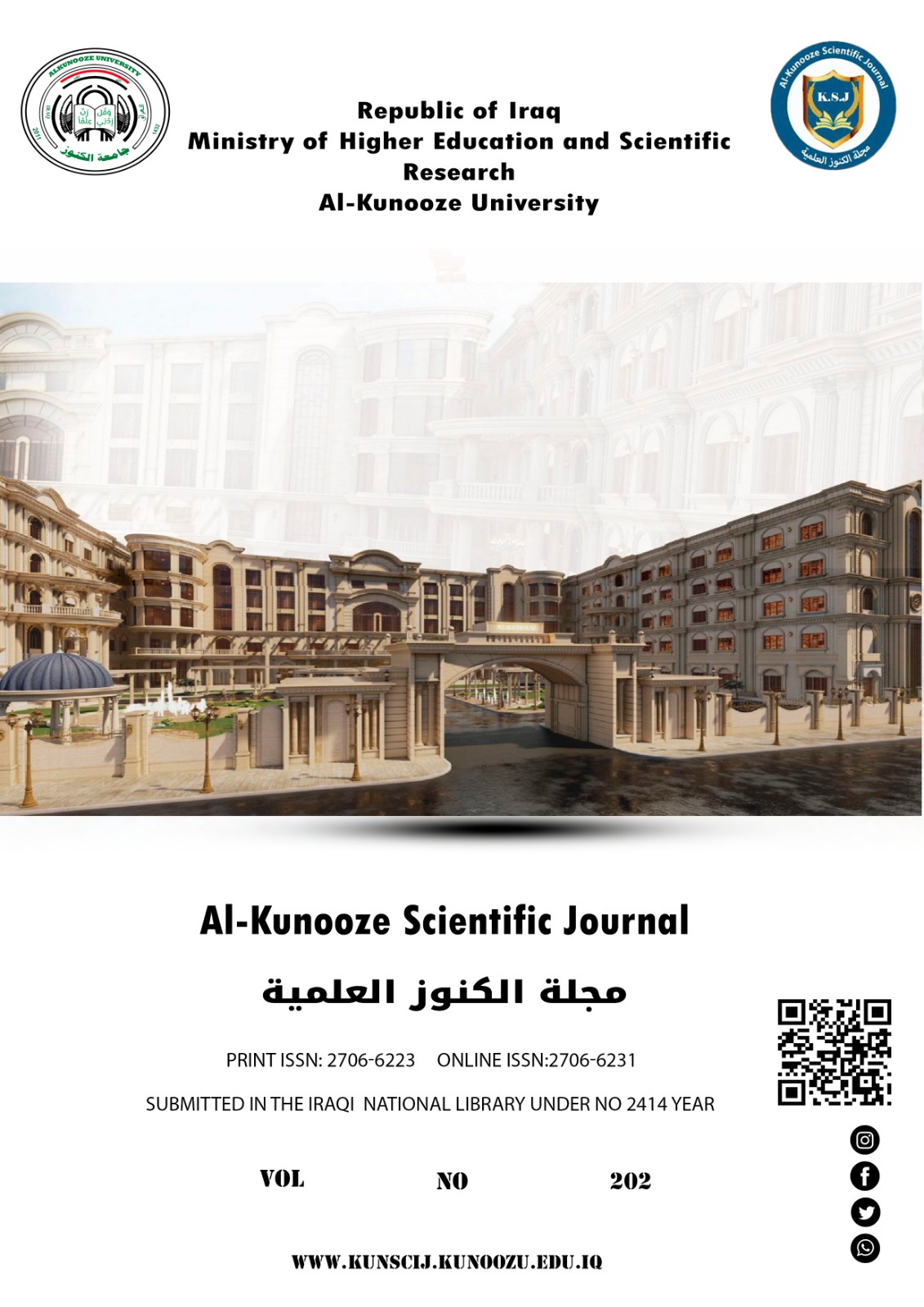Abstract
AbstractTwelve water samples were collected from four locations in Tigris River near the intake points of several drinking water stations namely Jisser Dyala, Al Towatha, Al Madain and Al Wahda drinking water stations, respectively, in south Baghdad- Iraq. At the same time twelve soil samples were collected from agriculture farms in same area of water sample. Both water and soil samples were collected through April 2012.The presented results revealed different values for physical, and chemical parameters for both water and soil samples studied. The chromatographic results for evaluation of polyaromatic hydrocarbons (PAHs) using HPLC method, revealed high values in some station in the range between 0.22-52.51 ng/ml for water and 0.21-30.2 ng/ml for soil, which indicated that predominate PAH were Fluoranthene, Pyrene, naphthalene, Benzo (b) fluranthene and Benzo (k) fluranthene derivative in these samples, which were may be diffused from neighboring oil resources. In some polluted soil samples there is a highly elevated in heavy metals and the concentration of nitrate and nitrates ions which might be came from the residue of explosive material during the last war (2003) in Iraq. Soil samples were investigated for its heavy metals content. Samples of soil were analyzed for their content after digestion with nitric acid using atomic absorption spectrometers AAS. The results refer to increase in most of these elements.The aim of this work is to establish a relationship between the pollution levels of different pollutants with medical problems which were recently elevated in these regions (cancer incidents, cardiovascular diseases, digestion disease, genetic mutation in new born children and allergy disease) compared with the international criteria for evaluation these types of diseases status.

